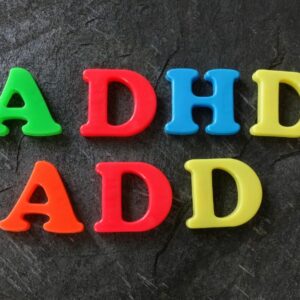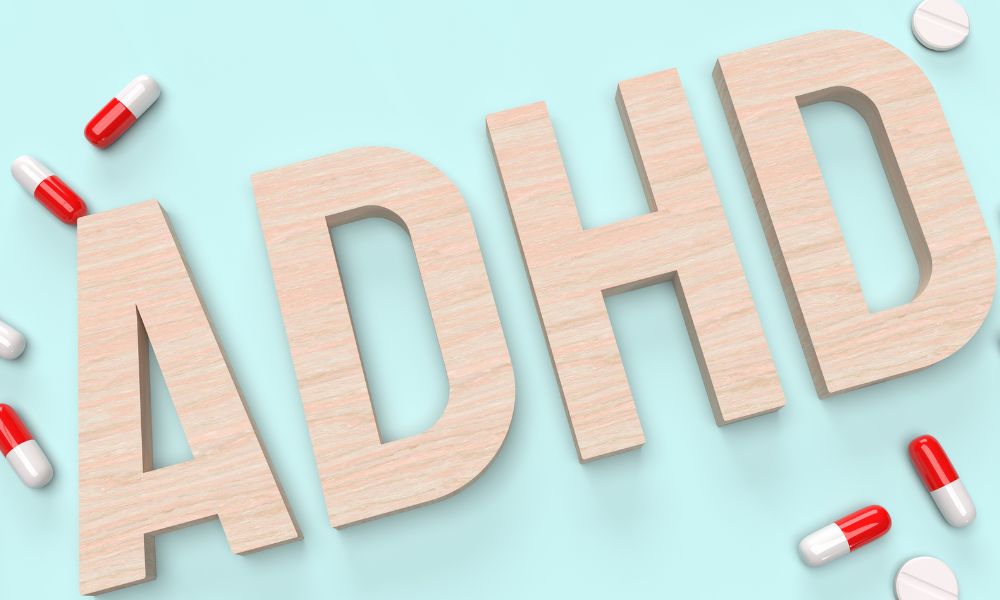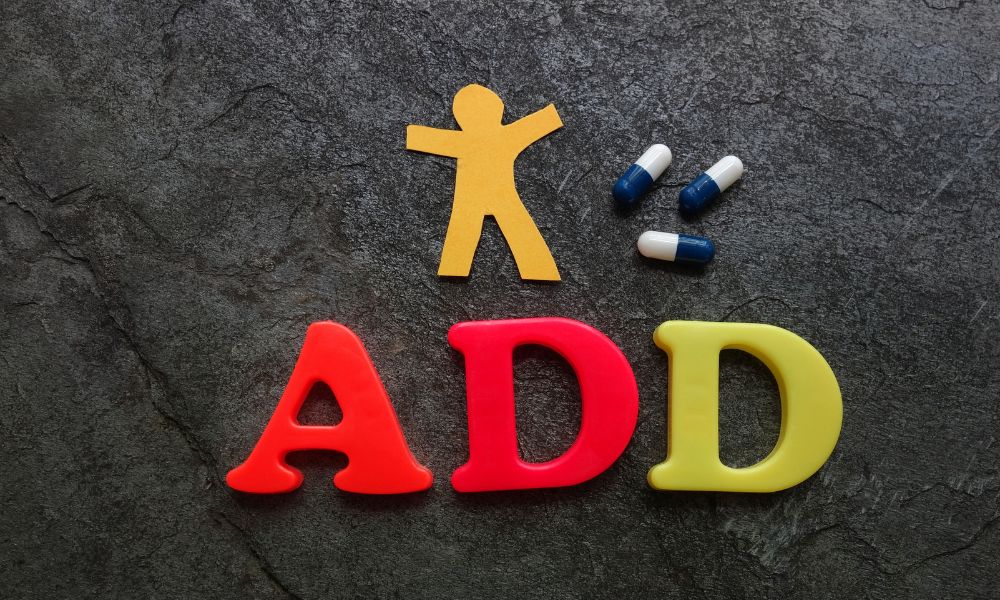
03 Jun Are ADHD and ADD the Same Thing?
ARE ADHD AND ADD THE SAME THING?

ADHD and ADD are commonly used terms that are often confused. While both disorders share some similarities, they are different in terms of their symptoms, causes, and treatments.
What is ADD?
ADD (Attention Deficit Disorder) is an old term that describes individuals with difficulty paying attention, organizing tasks, and completing projects. This term, however, is no longer in use in the medical community and has been replaced by the diagnosis of ADHD, which encompasses both attention deficits and hyperactivity/impulsivity.
What is ADHD?
ADHD, or Attention Deficit Hyperactivity Disorder, is a neurodevelopmental disorder affecting children and adults. It is characterized by persistent inattention, hyperactivity, and impulsivity that can interfere with daily functioning and development. The symptoms of ADHD can vary in severity and affect people in different ways.
Three Main Subtypes of ADHD Are:
➡ Inattentive type: This subtype is characterized by difficulty paying attention, following instructions, and completing tasks. Individuals with this subtype may also need to be more mindful, organized, and easily distracted. They may need help sustaining focus on their studies, often daydreaming and appearing as if they are not listening or paying attention. This subtype is sometimes called Attention Deficit Disorder (ADD), but this term is no longer officially used.
➡ Hyperactive-impulsive type: This subtype is characterized by excessive activity and impulsivity, such as fidgeting, interrupting others, and speaking out of turn. Individuals with this subtype may also have difficulty sitting still, waiting their turn, and completing tasks. They may often interrupt others and find waiting their turn in conversations or group activities difficult. This subtype is more commonly found in children and can lead to behavior problems in school.
➡ Combined type: This subtype is the most common form of ADHD, characterized by inattention and hyperactivity/impulsivity. Individuals with these subtype experience symptoms of both the inattentive and hyperactive-impulsive subtypes.

How Are ADHD and ADD Different?
ADD is an outdated term no longer used in the medical community. The symptoms of ADD were very similar to those of the inattentive subtype of ADHD. Therefore, individuals who would previously have been diagnosed with ADD are now diagnosed with the inattentive subtype of ADHD.
ADHD, on the other hand, is a broader phrase that encompasses both attention deficits and hyperactivity/impulsivity. It is critical to emphasize that not all people with ADHD exhibit hyperactivity or impulsivity. The hyperactive-impulsive subtype of ADHD is more commonly diagnosed in children, while the inattentive subtype is more commonly diagnosed in adults.
Causes of ADHD
The very root of ADHD is unknown, but research suggests that it could be attributable to genetic, environmental, and neurological factors. Studies have found that ADHD is highly heritable.
Environmental factors contributing to ADHD include exposure to toxins such as lead, prenatal exposure to alcohol or tobacco, and premature birth. Neurological factors such as differences in brain development and function can also contribute to the development of ADHD.
Symptoms of ADHD
The symptoms of ADHD can be categorized into two groups: inattention and hyperactivity/impulsivity.
Inattention symptoms of ADHD include:
- Missing details or making careless mistakes in schoolwork or other activities
- Difficulty keeping their attention in doing tasks or play activities
- Not listening when spoken to directly
- Failure to follow through on instructions and failing to finish schoolwork or chores
- Difficulty organizing tasks and activities
- Avoiding, skipping, or disliking tasks that require sustained mental effort
- Habitually losing things like keys, phones, and homework assignments
- Being easily distracted by external stimuli
- Forgetfulness and absent-mindedness
Hyperactivity/impulsivity symptoms of ADHD include:
- Fidgeting or squirming in one’s seat
- Difficulty remaining seated when required to do so
- Running or climbing excessively in inappropriate situations
- Being unable to play quietly
- Often “on the go” and acting as if “driven by a motor.”
- Talking excessively and interrupting others
- Blurting out answers before the questions have been completed
- Difficulty waiting in line or waiting for one’s turn
- Impulsivity and acting without thinking about the consequences

Treatments for ADHD
ADHD is best treated with a mix of medication and behavioral therapies.
➡ Medication: Stimulants such as methylphenidate and amphetamines are commonly prescribed to treat ADHD. These medications work by increasing norepinephrine and dopamine levels in the brain, which can improve attention and reduce hyperactivity and impulsivity. Non-stimulant medications, such as atomoxetine and guanfacine, can also be prescribed to treat ADHD.
➡ Behavioral therapies: Behavioral therapies such as cognitive-behavioral therapy (CBT) and parent training can help individuals with ADHD develop coping strategies and improve their social and academic skills. CBT allows individuals with ADHD to develop more effective problem-solving skills and learn to manage their symptoms more effectively. Parent training can help parents learn to set up appropriate routines and structure in the home environment and to use positive reinforcement and other behavioral strategies to improve their child’s behavior.
➡ Lifestyle changes: In addition to medication and behavioral therapies, lifestyle changes can also help manage symptoms of ADHD. Exercise, proper sleep, and a healthy diet can all help to reduce symptoms of ADHD. Mindfulness meditation and relaxation techniques can also help manage stress and anxiety.
Conclusion
ADHD is a neurodevelopmental disorder characterized by inattention, hyperactivity, and impulsivity. The symptoms of ADHD can vary depending on the subtype of ADHD that an individual has. ADHD is typically treated with medication, behavioral therapies, and lifestyle changes. While ADHD can be a challenging disorder to manage, with the right treatment and support, individuals (students and adults) with ADHD can lead successful and fulfilling lives.
Craig Selinger
Latest posts by Craig Selinger (see all)
- Psychotherapy and Support Services at Cope With School NYC - April 12, 2024
- NYC Parents of Teens Support Group - April 8, 2024
- Here I Am, I Am Me: An Illustrated Guide to Mental Health - April 4, 2024


No Comments